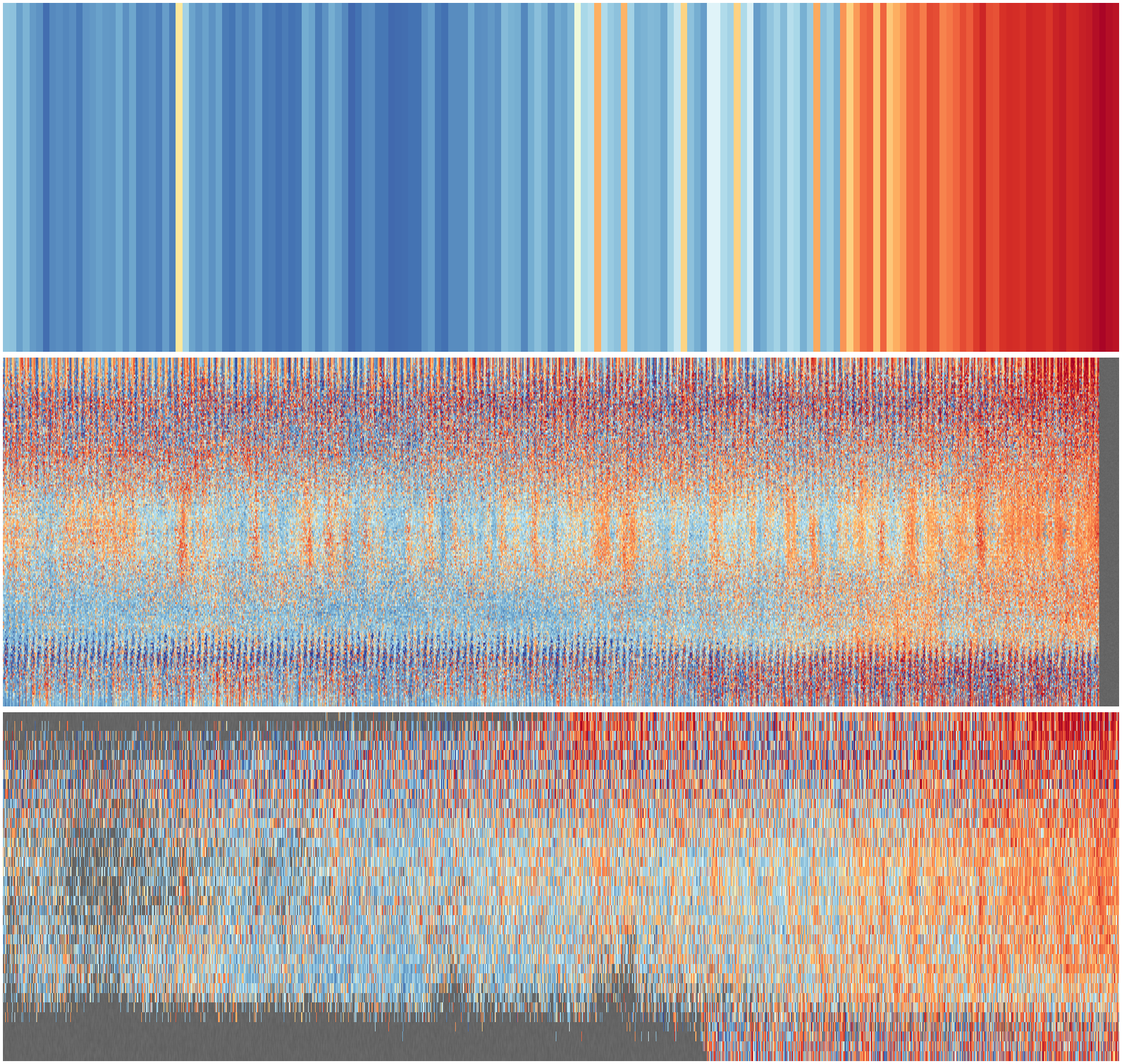# Get the sample cube for 20CR
import os
import iris
import numpy
import datetime
def get_sample_cube(start=datetime.datetime(1851,1,1,0,0),
end=datetime.datetime(2018,12,31,23,59),
climatology=None,
climstart=1961,climend=1991,
new_grid=None,rstate=None):
# Might want the longitude random sampling to be reproducible
if rstate is None:
r_lon = numpy.random.RandomState(seed=None)
else:
r_lon = rstate
# Make the climatology, if not supplied
if climatology is None:
climatology=[]
for m in range(1,13):
mc=iris.Constraint(time=lambda cell: cell.point.month == m and \
cell.point.year > (climstart-1) and \
cell.point.year < (climend+1))
h=iris.load_cube('%s/20CR/version_3/monthly_means/air.2m.mon.mean.nc' %
os.getenv('SCRATCH'),
iris.Constraint(name='air_temperature') & mc)
climatology.append(h.extract(mc).collapsed('time', iris.analysis.MEAN))
# Load the model data
h=iris.load_cube('%s/20CR/version_3/monthly_means/air.2m.mon.mean.nc' %
os.getenv('SCRATCH'),
iris.Constraint(name='air_temperature') &
iris.Constraint(time=lambda cell: \
start <= cell.point <=end))
dts = h.coords('time')[0].units.num2date(h.coords('time')[0].points)
# Anomalise
for tidx in range(len(dts)):
midx=dts[tidx].month-1
h.data[tidx,:,:] -= climatology[midx].data
if new_grid is not None:
h = h.regrid(new_grid,iris.analysis.Nearest())
# Sample in Longitude
s=h.data.shape
ndata=numpy.ma.array(numpy.zeros((s[0],s[1])),mask=True)
for t in range(s[0]):
for lat in range(s[1]):
rand_l = r_lon.randint(0,s[2])
ndata[t,lat]=h.data[t,lat,rand_l]
return (ndata,dts)
